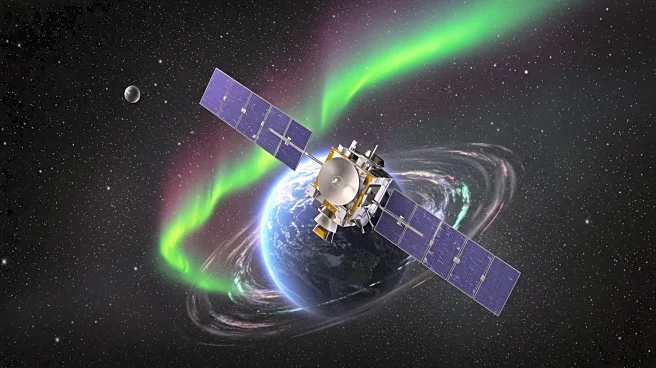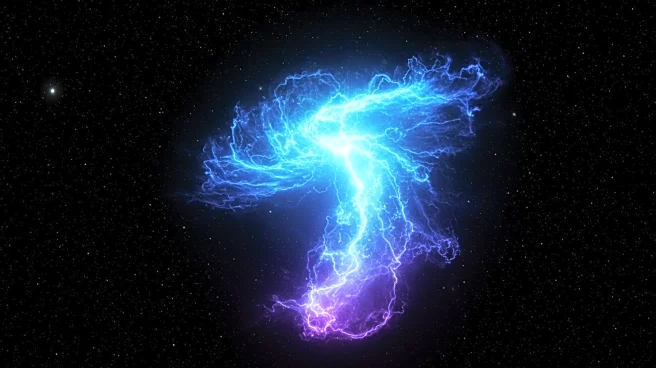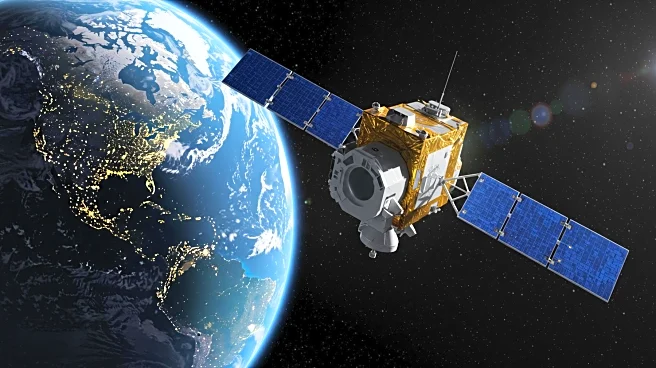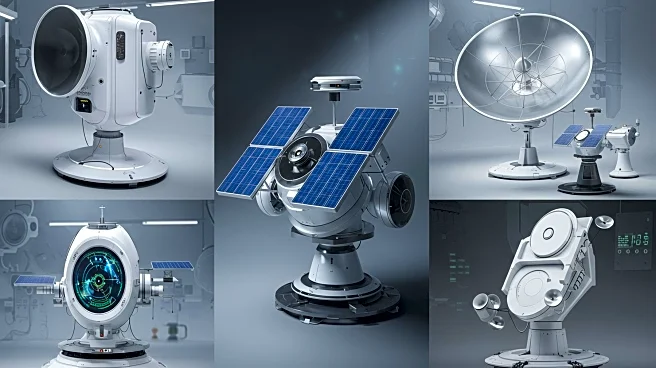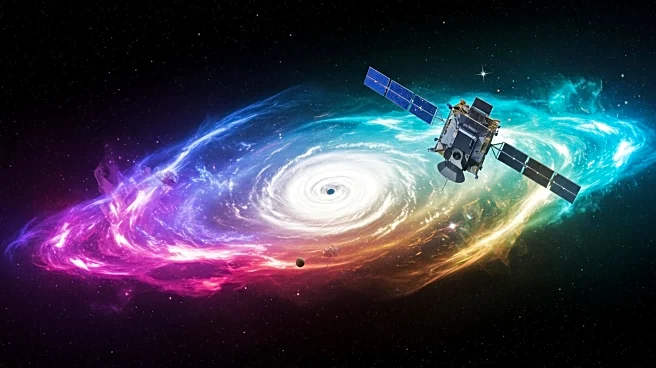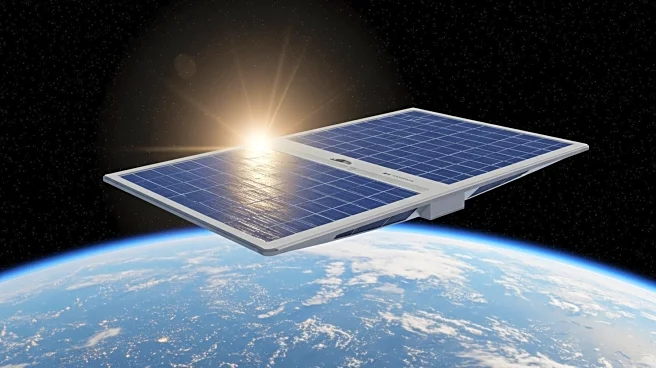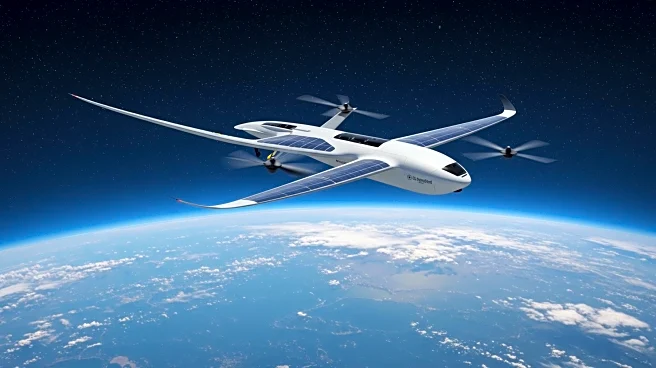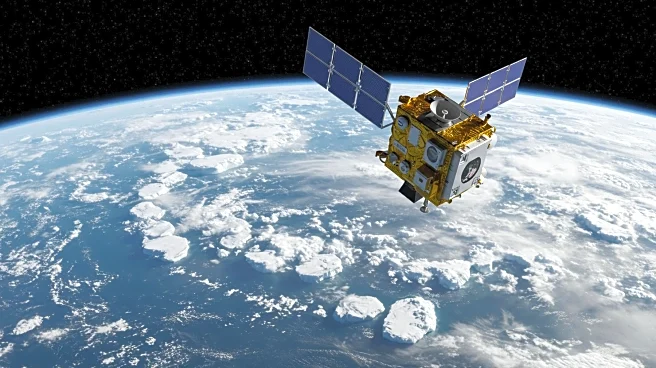What is the story about?
What's Happening?
Recent research led by scientists at the National Science Foundation National Center for Atmospheric Research (NSF NCAR) has uncovered how increasing carbon dioxide levels in the upper atmosphere will alter the effects of geomagnetic storms on Earth. These storms, originating from solar eruptions, temporarily increase the density of the upper atmosphere, affecting satellite speed, altitude, and operational lifespan. The study utilized advanced computer modeling to predict that future geomagnetic storms will result in a lower atmospheric density compared to current storms of similar intensity. Despite this, the relative increase in density during such storms will be more pronounced due to the lower baseline density. This research, conducted in collaboration with Japan's Kyushu University, was published in Geophysical Research Letters.
Why It's Important?
The findings have significant implications for the satellite industry, which relies on precise atmospheric conditions for satellite design and operation. As society becomes increasingly dependent on satellite technology for navigation, data transmission, and national security, understanding how space weather will change is crucial. The study highlights the need for satellite designs that can accommodate future atmospheric conditions, potentially affecting industries reliant on satellite technology. The research underscores the importance of preparing for changes in space weather, which could impact technological infrastructure and operations.
What's Next?
Further research is needed to explore the complex interactions between the lower and upper atmosphere and how these changes will affect space weather. Scientists aim to study different types of geomagnetic storms and their impacts during various phases of the solar cycle. This ongoing research will help refine models and predictions, aiding in the development of strategies to mitigate the effects of space weather on satellite operations and other technologies.
Beyond the Headlines
The study raises broader questions about the long-term impacts of climate change on atmospheric conditions and technological systems. As carbon dioxide levels continue to rise, understanding the interconnectedness of atmospheric layers becomes increasingly important. This research could lead to advancements in atmospheric modeling and a deeper understanding of how human activities influence space weather.
AI Generated Content
Do you find this article useful?
